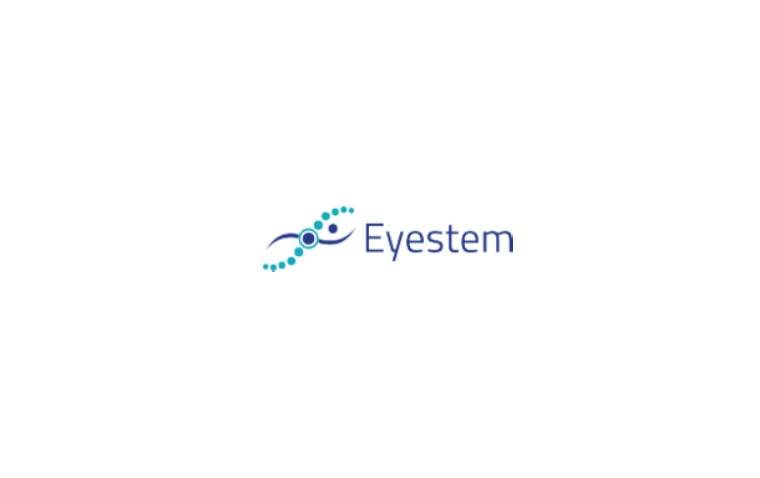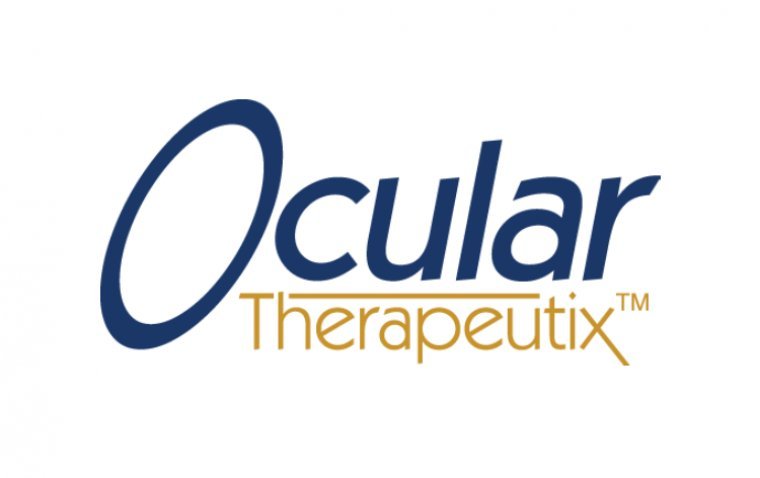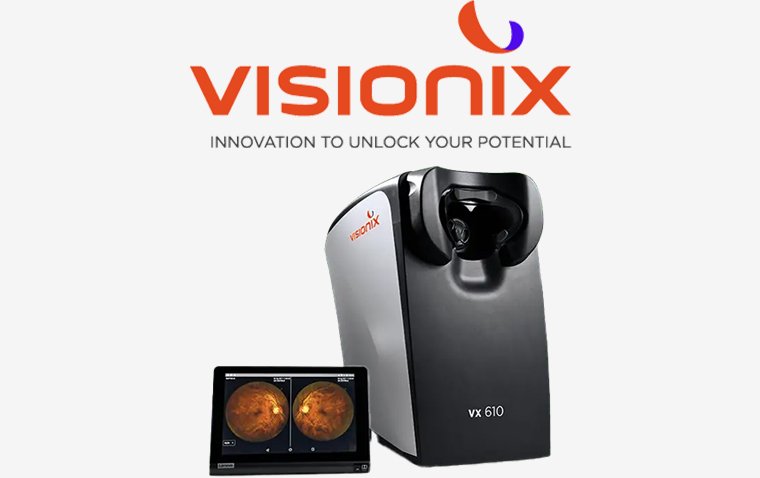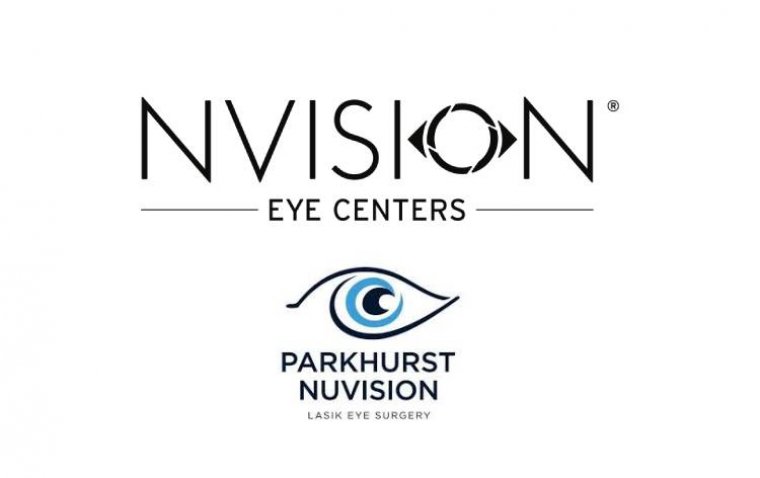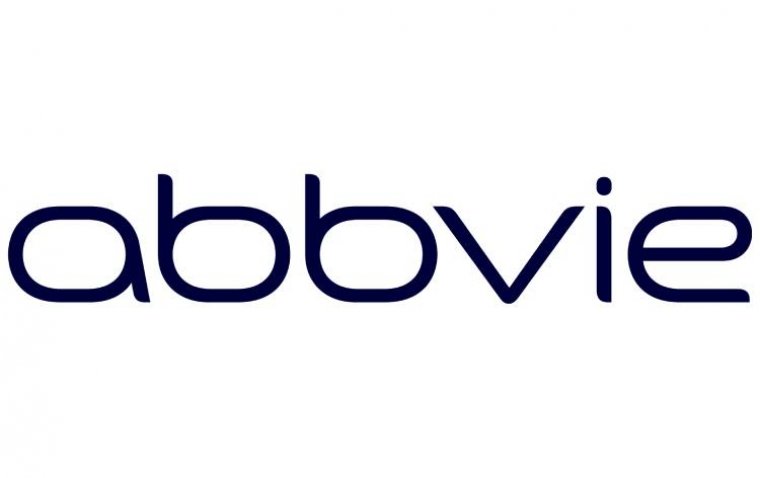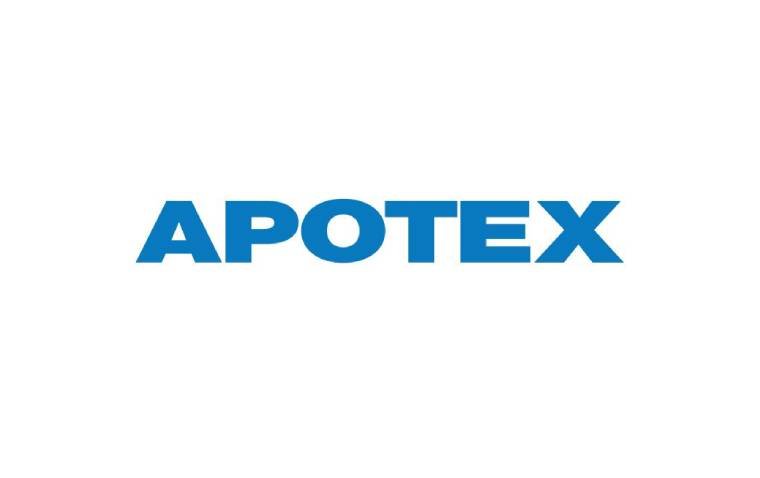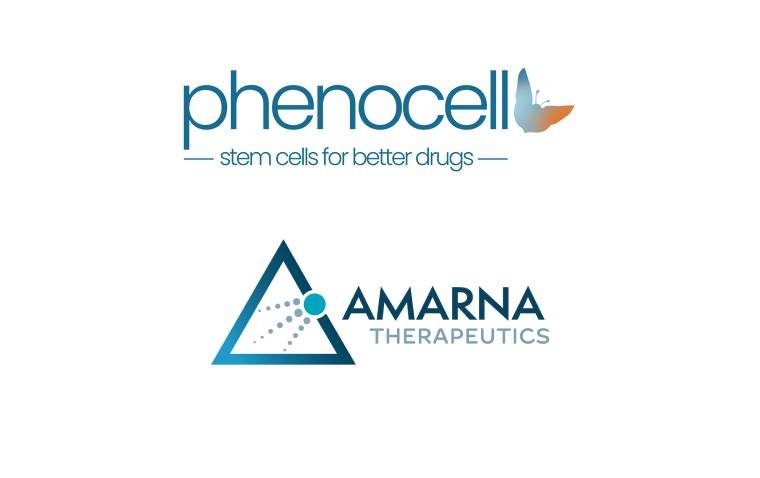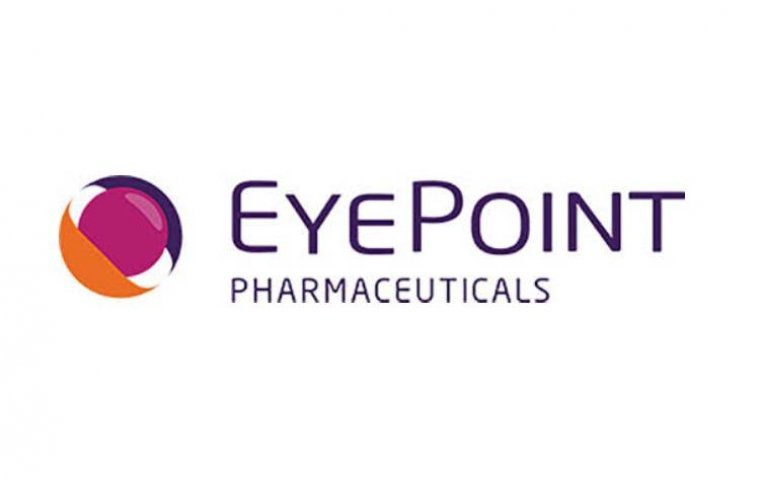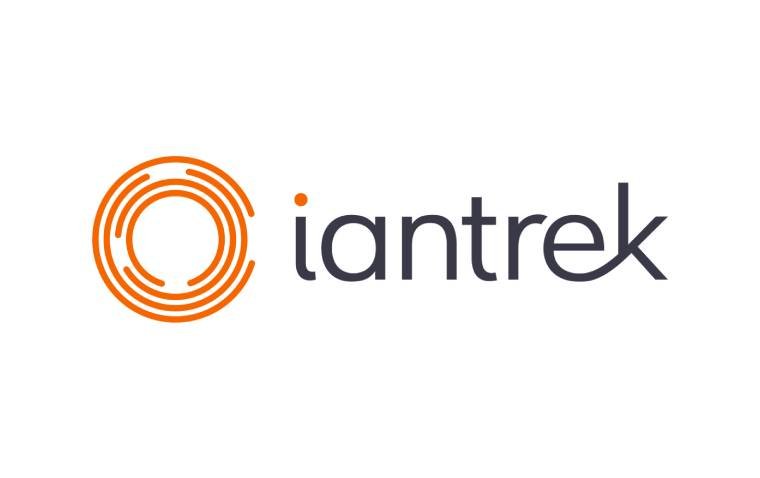
Bausch + Lomb Publishes Phase 4 Study Results on Early Patient-Reported Outcomes with Miebo in DED
Bausch + Lomb has released new findings from a Phase 4 clinical study evaluating Miebo (perfluorohexyloctane ophthalmic solution) in patients with dry eye disease (DED). Published in Ophthalmology and Therapy, the study titled “Early effects of perfluorohexyloctane ophthalmic solution on patient-reported outcomes in dry eye disease: a prospective, open-label, multicenter study” focuses on how quickly patients experience symptom relief—providing critical insights into the early treatment effects of Miebo.
Study Overview: Building on Phase 3 Success
This prospective, multicenter, open-label Phase 4 study complements earlier GOBI and MOJAVE trials, which showed statistically significant improvements in signs and symptoms of DED from day 15 through day 57. The Phase 4 trial was designed to determine how soon patients begin to feel relief, even before the previously established day 15 checkpoint.
“These study results build on an impressive data set showing Miebo as a well-tolerated and effective treatment option for dry eye disease that also can deliver much-needed, fast-acting symptom relief,” said Andrew Stewart, President of Global Pharmaceuticals and International Consumer at Bausch + Lomb. “In particular, the study answers the question of how quickly patients can experience relief prior to day 15.”
Evaluation Criteria and Methodology
The study included patients with a confirmed history of DED and meibomian gland dysfunction, consistent with prior Phase 3 trials. Patients completed patient-reported outcome (PRO) surveys during four clinical visits:
• Day 1 (pre-treatment, 5 minutes, and 60 minutes post-first administration)
• Day 3
• Day 7
• Day 14
Patients assessed their symptom severity, frequency, and treatment satisfaction using a visual analog scale (VAS) ranging from 0 to 100.
Rapid Symptom Relief Observed Within Minutes
According to Shane R. Kannarr, OD, lead author and optometrist at Kannarr Eye Care in Kansas:
“These patient-reported results show that Miebo provided relief from dry eye symptoms quickly – in some cases in as little as 5 minutes after the patient’s first use – and that relief was maintained and improved over the 2-week period.”
• At 5 minutes post-administration, VAS scores dropped from 72.1 (17.0) at baseline to 38.5 (22.8)
• At 60 minutes, scores further decreased to 31.7 (22.1)
• By day 7, mean symptom severity dropped to 27.8 (22.3) (mean change: −44.5)
Sustained Improvement and High Satisfaction
Additional findings highlighted:
• Mean frequency of dry eye symptom awareness declined from 77.6% to 27.6% between baseline and day 14
• The percentage of time experiencing the most bothersome symptoms fell from 77.9% to 34.7%
• Fluctuations in visual quality decreased significantly from 62.8% to 19.4% by day 14
• Median satisfaction scores improved from 83.0 (day 3) to 90.0 (day 14)
Patients described Miebo as silky, smooth, and soothing, with high ratings in satisfaction and no reported treatment-related adverse events.
Conclusion: A Promising Fast-Acting Option for DED
The Phase 4 data underscores Miebo’s role as a fast-acting, well-tolerated treatment for dry eye disease, offering noticeable symptom relief within minutes of administration and improving quality of life over a two-week period.
(1).jpg)
